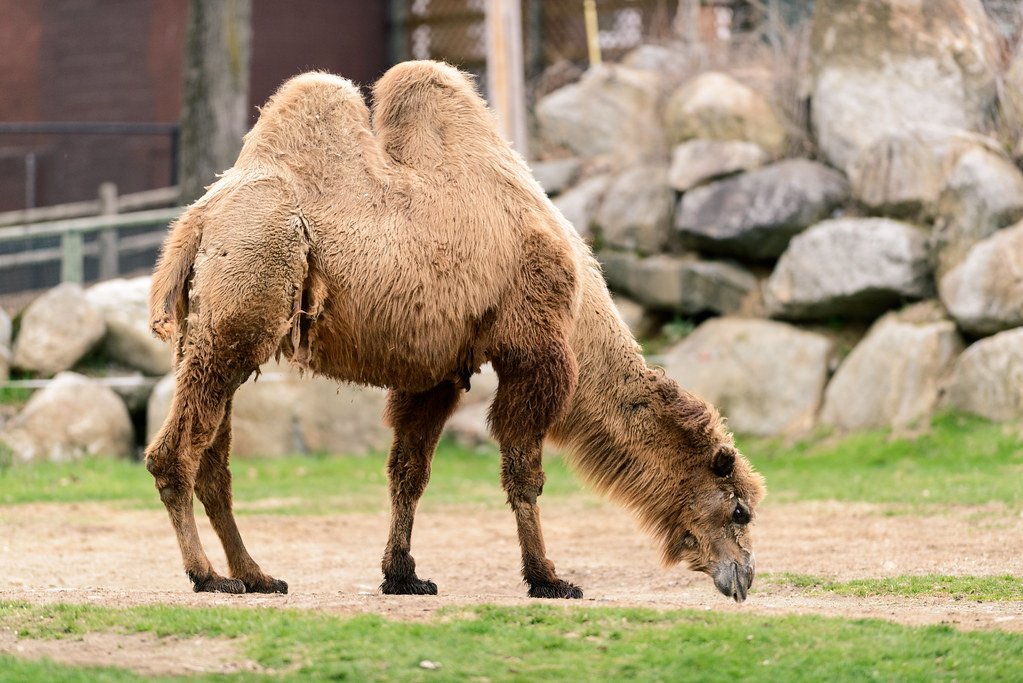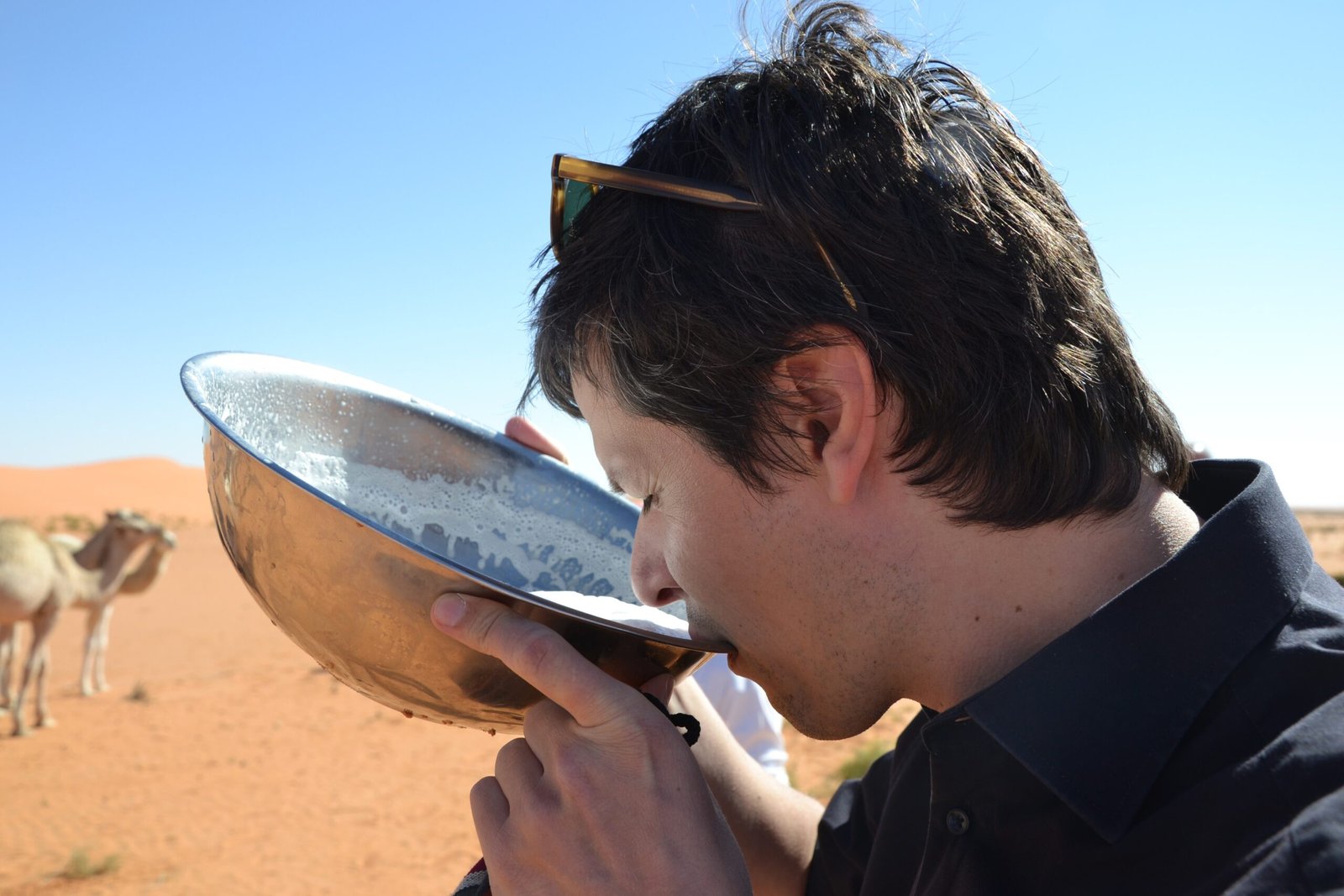Imagine standing in the blistering heart of the desert, the sun relentless above, and the sand stretching endlessly around you. Suddenly, a camel ambles into view—unfazed, steady, and almost supernaturally adapted for survival. For centuries, camels have carried people and goods across unforgiving landscapes, earning their nickname as the “ships of the desert.” But what lies beneath their humped exterior? Modern science is now peering into their DNA, revealing secrets that are nothing short of astonishing. The camel genome is not just a scientific curiosity; it is a treasure map filled with clues about resilience, adaptation, and the future of life in extreme environments.
Decoding the Desert Survivor

Cracking the camel genome has been a scientific adventure, much like exploring a mysterious oasis in the sand. The first complete sequencing of the camel’s DNA was finished only in the last decade, providing a roadmap to the unique traits that have helped camels outlast searing heat and scarce water. Scientists have discovered that many of the camel’s genes are specifically tailored for survival where most animals would quickly perish. This genetic blueprint is rewriting what we know about adaptation and evolution.
The Secret to Water Conservation

Camels are famous for going days without water, a feat that seems almost magical. Digging into their genome, researchers have found genes that control how the camel’s kidneys and blood handle dehydration. For example, camels have unique proteins that help their red blood cells retain water, allowing them to lose a third of their body’s water content without collapsing—a death sentence for most mammals. This genetic adaptation is a biological marvel, making camels true desert specialists.
Fat-Filled Humps: More Than Meets the Eye

The iconic hump isn’t just for show—it’s a reservoir of fat, not water, as many once believed. The camel genome has illuminated how these animals store energy in their humps, turning fat into both fuel and water when resources are scarce. Genes involved in fat metabolism are especially active in camels, helping them convert stored fat into energy and moisture. This adaptation allows them to go weeks without food and still survive the harshest conditions.
Salt Tolerance: Thriving Where Others Falter

Most mammals struggle with salty food and water, but camels manage just fine. Their genome reveals genes that help regulate salt balance, allowing their bodies to safely process salty or brackish water that would make other animals sick. This ability is like having a built-in water purifier, letting camels hydrate where other creatures would be doomed by thirst.
Extreme Temperature Adaptation

Deserts are not just hot—they can be freezing at night. Camels handle these wild swings in temperature with ease, and their DNA holds the key. Genetic studies show that camels have heat shock proteins and other molecular mechanisms that protect their cells from damage, whether it’s blazing hot or bone-chillingly cold. This flexibility is a rare gift in the animal kingdom.
Efficient Oxygen Use in Thin Air

Some deserts are at high altitudes, where the air is thinner and oxygen is scarce. Camels have adapted with special hemoglobin genes that allow their blood to carry more oxygen, making them efficient even in the mountains of Central Asia. This adaptation is a little like giving them a permanent boost, helping them stay active and alert where others gasp for breath.
Immunity: Nature’s Desert Armor

Life in the desert exposes camels to a wild array of bacteria, viruses, and parasites. The camel genome is packed with genes that support a robust immune system, including unique antibodies called nanobodies. These tiny but mighty molecules are being studied for human medicine because of their ability to neutralize disease. In a way, camels are walking pharmacies, equipped to survive where infection is always a threat.
Unique Milk: Nutrition for Survival

Camel milk has sustained desert peoples for thousands of years. Genetic research shows that camels produce milk with special proteins and fats, making it nutritious and easy to digest even when food is scarce. Some of these milk proteins can help fight off infections—another amazing adaptation written into the camel’s DNA. Scientists are now looking at camel milk as a superfood for humans, too.
Long-Distance Travel: Genes for Endurance

Camels are built for journeys that would exhaust almost any other animal. Their genome reveals genes that control muscle efficiency, fat storage, and even foot structure. These adaptations mean camels can walk for hundreds of miles without tiring, making them the ultimate long-distance travelers of the animal world. Imagine running a marathon every day on nothing but empty sand and a sip of water—that’s the camel’s reality.
Vision and Hearing in a Harsh World

Desert life is tough on the senses, with bright sun, blowing sand, and howling winds. Camels have genes for extra-thick eyelashes, tough eyelids, and sensitive ears, all of which protect them in extreme environments. Their DNA also equips them with the ability to see in low light and hear distant sounds, helping them find food, water, or danger before it’s too late.
Ancient Origins: Tracing the Camel Family Tree

Genetic studies reveal that camels split from their closest relatives—llamas and alpacas—millions of years ago. By comparing DNA, scientists can trace how camels spread from North America to Asia and Africa, evolving into the dromedaries and Bactrian camels we know today. Their family tree is a living story of survival, migration, and adaptation across continents and centuries.
Hybridization: New Breeds for New Challenges

In some parts of the world, people have bred camels with different traits to create hybrids suited for specific climates or tasks. The camel genome helps scientists understand which genes are responsible for traits like size, endurance, and milk production, opening the door to new breeds that can help communities facing climate change or drought. Hybrid camels are already making a difference in some regions.
Lessons for Climate Change

As the world gets hotter and drier, the secrets in the camel genome could help other animals—and even humans—cope with extreme environments. Genes that help camels conserve water and survive heat are being studied for their potential to improve crops, livestock, and medicine. The camel’s DNA is like a library of survival tricks, and we’re just starting to read the first chapter.
Medicines From the Camel’s Code

Some of the proteins found in camels, especially their nanobodies, are being turned into new medicines for humans. These molecules are smaller and more stable than typical antibodies, making them perfect for treating diseases that other drugs can’t touch. Scientists are exploring how camel-derived medicines could help with cancer, infections, and even COVID-19.
Conserving Camel Diversity

Wild camels are under threat from habitat loss and hunting. By studying the camel genome, scientists can identify unique genetic traits that need protecting, ensuring that wild and domestic camels survive for future generations. Conservationists are using genetic data to guide breeding programs and protect the incredible diversity within camel populations, from the Gobi Desert to the Horn of Africa.
The Camel Genome’s Unwritten Future

Despite all we’ve learned, much of the camel genome remains a mystery. Scientists believe there are still hidden adaptations waiting to be discovered—traits that could help us solve problems from food security to desertification. Each new discovery in camel DNA is a reminder that the natural world still holds surprises, and that the humble camel may be one of our greatest teachers in the age of climate change.
Reflections on the Desert Code

The camel genome is more than a scientific achievement—it’s a testament to the power of life to adapt, survive, and thrive in the harshest places on Earth. As we unlock more secrets from desert DNA, we’re not just learning about camels. We’re discovering new ways to face our own challenges, inspired by the remarkable resilience of an animal that has always known how to find its way through the wilderness.


